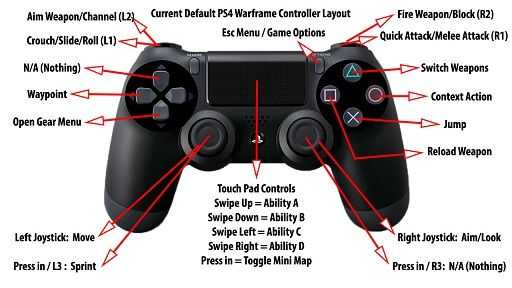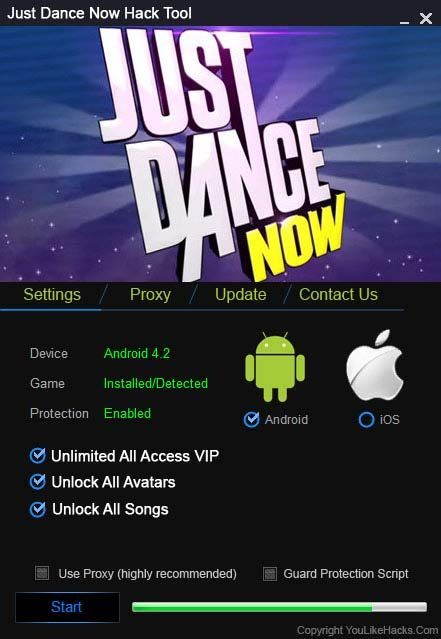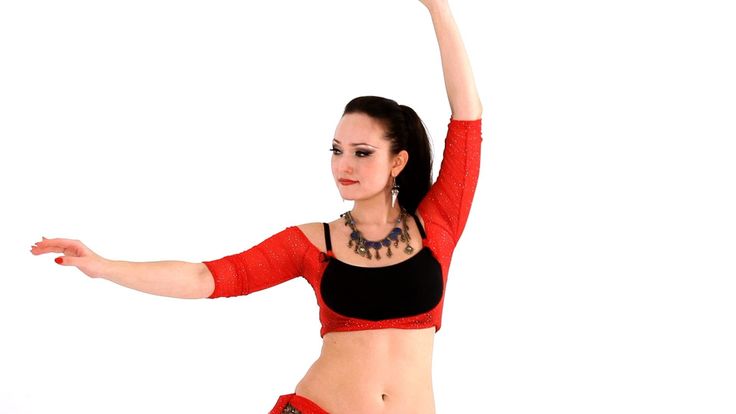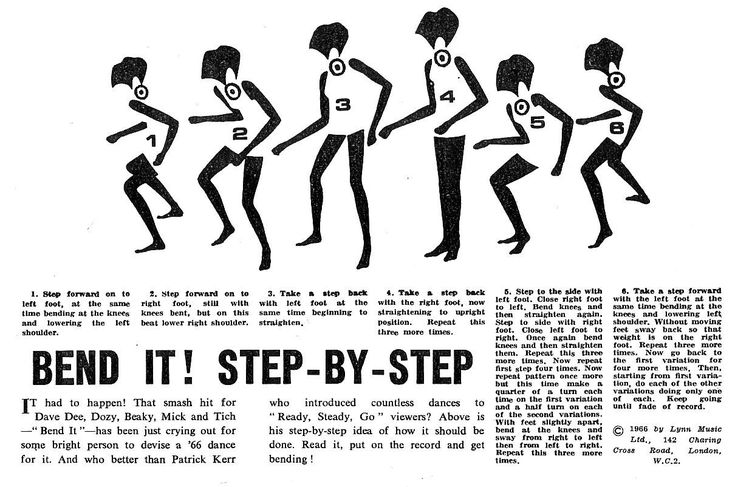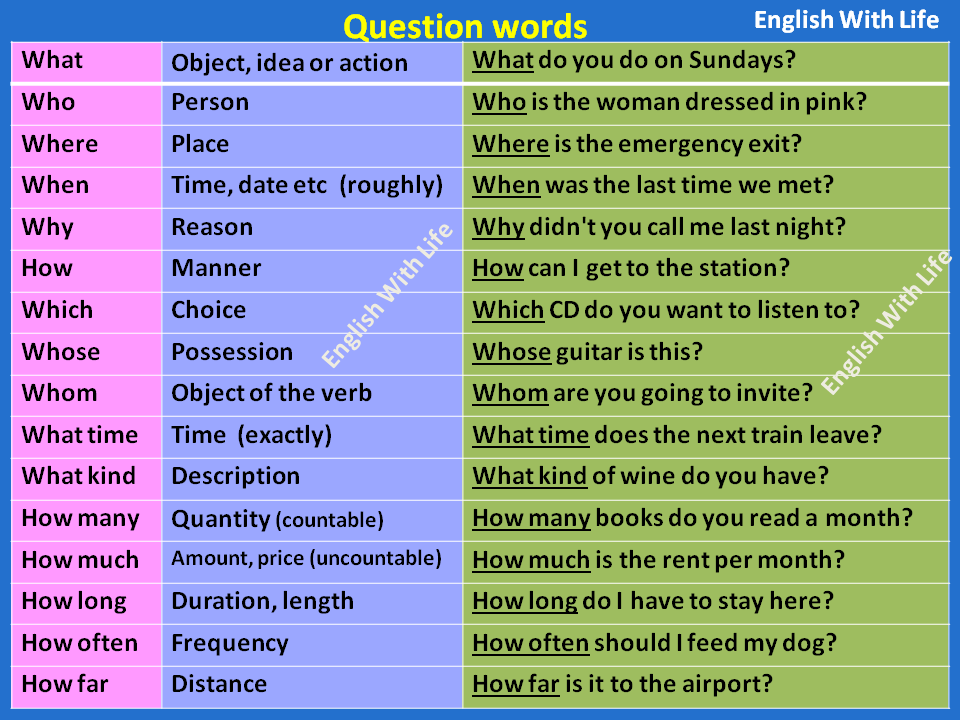Learning how to dance ballet
10 Things to Know Before Starting Adult Beginner Ballet
Growing up, I was always drawn to the Ballet art form.
I would put on a leotard and tutu and dream of what it might feel like to perform the ultimate feats of elegance & grace.
And I know I’m not alone.
But when you’re a grown adult who still wants to learn Ballet, it might feel like your time has passed.
Fear not –– you can start learning Ballet at any time in your life!
You just need to start by knowing these 10 things below. 👇
1. Ballet’s Past & Present
When you think of Ballet, what comes to mind?
Classical music, buns, tutus, old traditions, and French words, right?
Ballet is an old tradition –– it originated in 15th Century Italy before making its way to France where it was exclusively practiced by French courtiers and royals.
Given its history, it makes sense to want to learn Ballet to feel more sophisticated & refined!
But keep in mind that Ballet, like any art form, is evolving.
Through social media platforms, affordable performance venues, and an increasing number of adult-friendly Ballet programs available on platforms like STEEZY Studio, Ballet is becoming more inclusive every day.
Speaking of which...
2. It’s Not Only for “Certain Girls”
Did you know that some football players take Ballet classes to improve their agility, posture, and movement?
Or that Tupac Shakur danced as the Mouse King in Baltimore School for the Arts’ performance of The Nutcracker?
Or that there are skilled Ballerinas of every shape and size?
While Ballet was once restricted to a specific set of rich, white performers, anyone can be a Ballet dancer.
You don’t need to be feminine nor female, thin nor “soft” –– in fact, if you’ve ever met a Ballet dancer in person, you’ll notice that they have larger muscles than the average WWE fighter!
Harper Watters - STEEZY Ballet InstructorWhatever your race, gender, sexuality, or background, remember this:
If you’re learning Ballet, you are a Ballet dancer.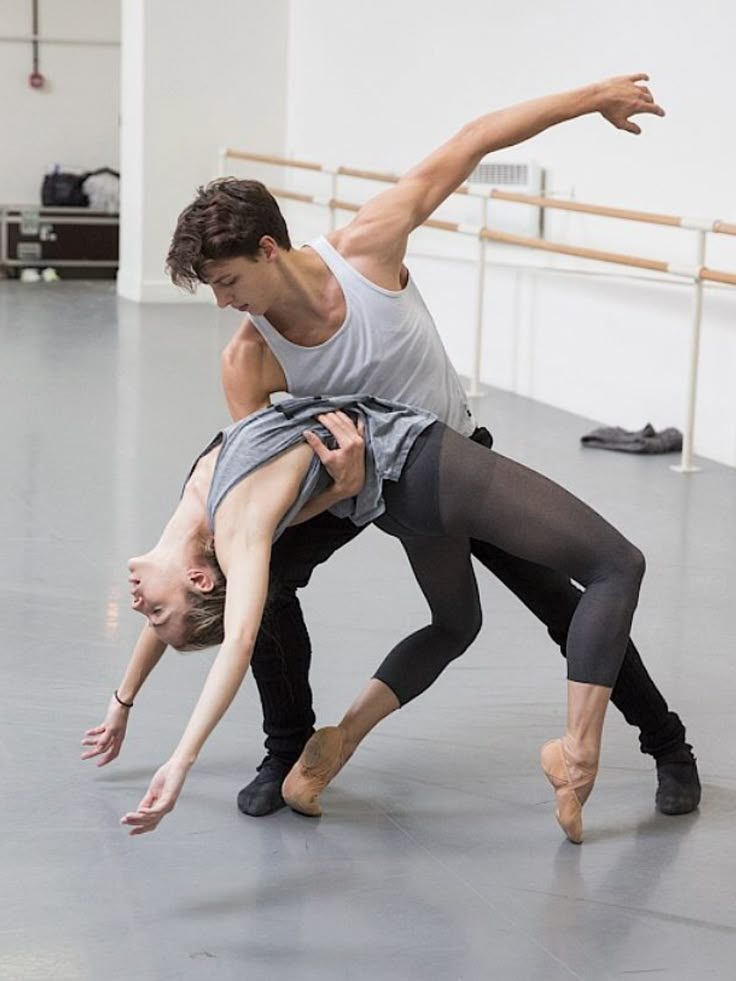 Period.
Period.
3. How to Determine Your Ballet Goals
Ok –– so you’re a Ballet dancer.
But what type of Ballet dancer do you want to be?
Before you look for a class, ask yourself:
Are you trying to find an outlet for creativity? Are you trying to find a fun new hobby? Are you trying to find a new way to exercise your body?
If you want to expand your creativity, focus on the artistic aspect of Ballet by learning variations –– dramatic solo dances that allow the dancer to tell a story.
For example, in the famous Kitri variation from Don Quixote, the main character is a feisty Spanish princess who’s chosen to marry someone against her father’s wishes.
You can connect with this character and play up the story by choosing a wedding-themed costume, using a Spanish fan as a prop, or experimenting with flirtatious facial expressions!
Try out all of these artistic choices in the Kitri class on the last day of STEEZY's "Intro to Ballet" program!
If you’re dancing to improve your fitness, focus on repetition & engaging your muscles as you train.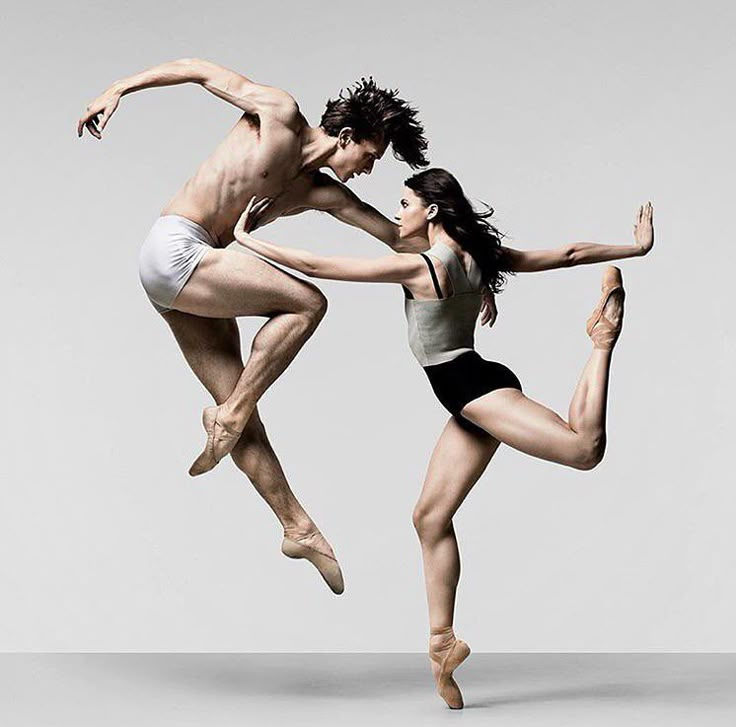
Once you have a few steps down, you can even practice them to your favorite upbeat songs in order to get your heart rate up.
Just want to have fun? Focus on finding a set of moves you really enjoy doing, and make those the core of your weekly training.
If pliés aren’t your favorite, but you love doing tendus… you can ten-do those all day!
Check out this article to learn more about goal-setting: How to Set and Achieve Your Dance Goals
4. How to Choose the Right Ballet Class For You
There are many different types of Ballet classes out there, so it’s important to find a class that’s tailored to your goals.
Private Lessons
Pros:
- You’ll get undivided attention and feedback, which will help you master techniques and level up quickly.
- Your instructor can tailor the classes to your specific needs –– great for dancers with limited mobility, space, or time.

Cons:
- Private lessons tend to be expensive.
- You may miss out on the social aspect of dancing. Learning with others can be rewarding and motivating!
- You’ll have to vet your instructor on your own. With services like Zoom, anyone can offer Ballet lessons online fairly easily, so you’ll need to spend some time searching for a great instructor and ensuring that they’re qualified.
In-Studio Classes
Pros:
- In-studio classes allow you to get real-time feedback from your instructor.
- You can learn alongside other people and make new dance friends!
Cons:
- Many classes marked “beginner” still expect students to have a little bit of basic knowledge and skill. They will not explain Ballet terms or break moves down completely.
- In-studio classes can also be expensive! Remember, you’re paying for not only the class, but for the entire studio to keep their lights on.
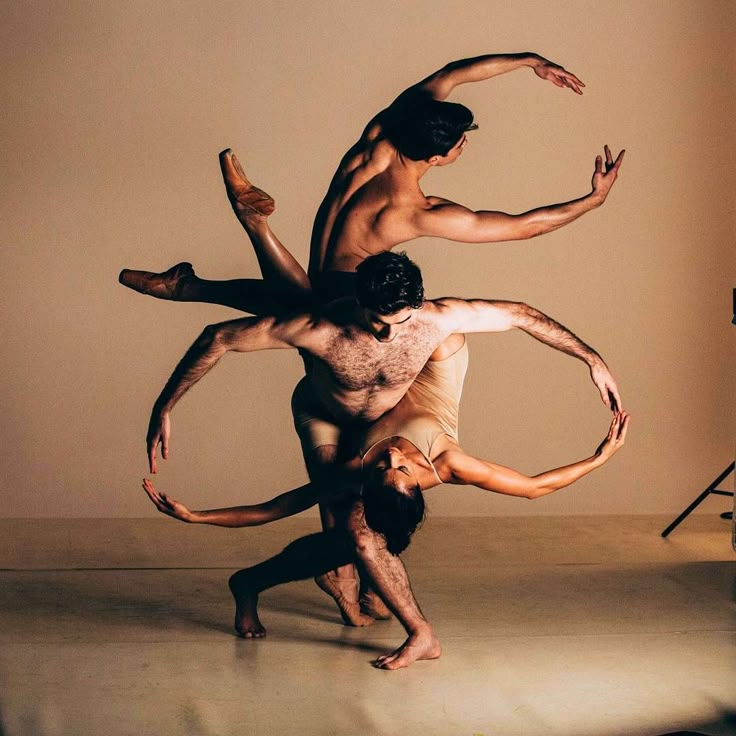
- These classes can be tough to find if you live in a smaller city or town. A lot of studios still prioritize kids-only classes, so you may have to travel outside of your city to find an appropriate studio that offers Ballet classes for adults.
Online Ballet Classes
Pros:
- Recorded classes give you the opportunity to take your time and train on your own schedule.
- You never have to worry about falling behind, looking awkward, or being the only adult in class.
- Online Ballet classes can be much more affordable –– for example, you can take unlimited programs & classes on STEEZY for $99 per year, whereas most live classes cost $15-$20 each.
- You can get a nice balance of private learning & socializing by joining your learning platform’s Online Community.
Cons:
- Even though each class will feel like a 1:1 private lesson, you may have to look to social media, such as STEEZY’s Facebook community, to get continual support from others who are sharing the learning experience.
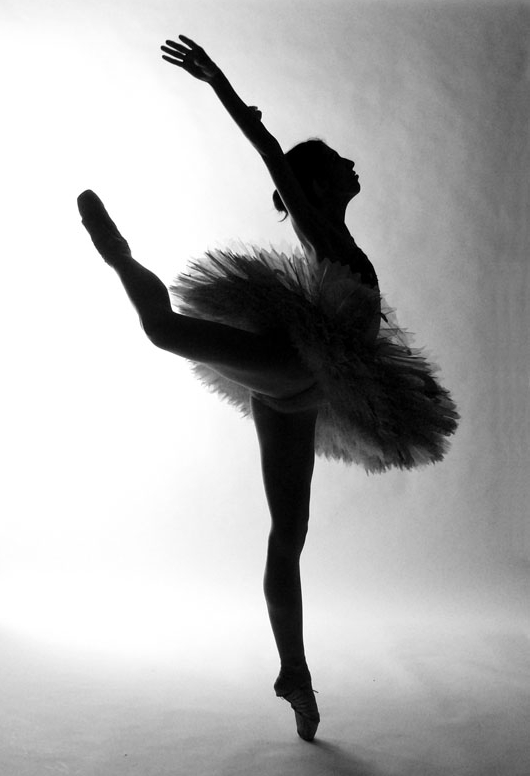
Interested in training at home? Learn more about STEEZY Studio’s “Intro to Ballet” program below:
Related Article: Famous American Ballet Schools You Should Know
5. Ballet Requires Determination
Once you find the perfect class, it’s important to adopt the proper mindset for your Ballet training.
Go into each class with a small, actionable goal, such as mastering a single move, or being able to stretch a little further than yesterday.
Remind yourself throughout each training session that learning these things takes time and repeated practice!
You may feel like you’re a slower learner or not as limber as you used to be, and that’s ok –– as long as you’re practicing, you’re making progress.
6. You Don’t Need a Pink Tutu
Professional Ballet dancers don’t always train in tutus.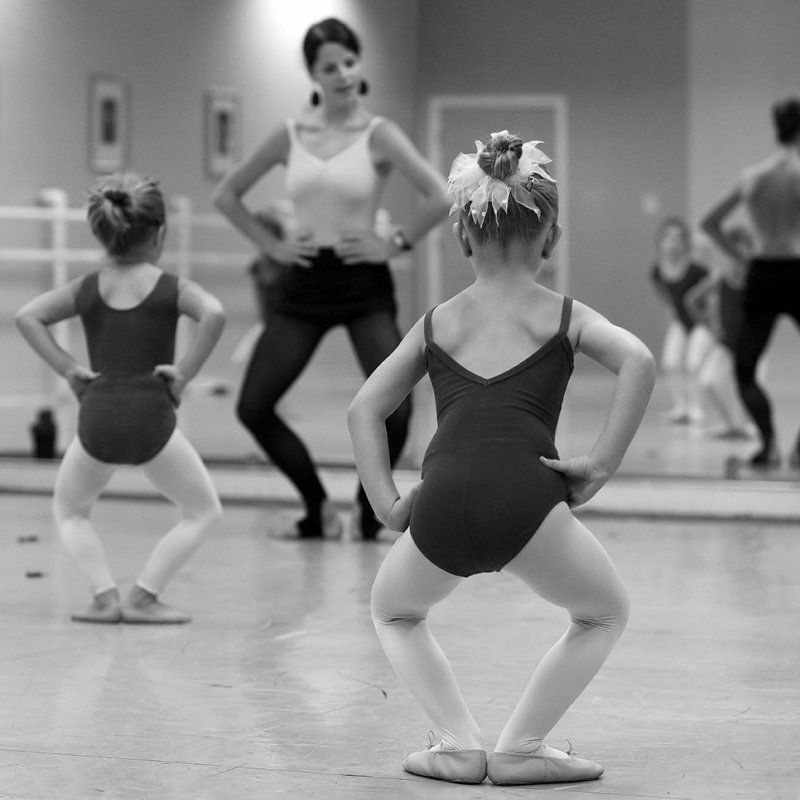 Neither should you!
Neither should you!
Your clothes should hug your figure so you can see the lines you’re creating with your body, and they should be comfortable enough to sweat in.
If you’re just starting your dance wardrobe, opt for a leotard paired with shorts or leggings, as you can find these pieces in a wide range of sizes and colors.
For example, STEEZY’s “Intro to Ballet” instructor, Brittany Cavaco, has a Ballet apparel collection with SoDanca that features inclusive sizing and comfy materials.
Tap here to see what we mean: http://stzy.co/sodanca
And if you don’t feel confident in a leotard yet, just start with athletic wear that allows you to move freely and see your body well!
7. You DO Need the Right Shoes
Ballet shoes on the other hand, are a little more important for safely practicing ballet movements.
Ballet requires a lot of smooth, gliding movements across the floor, but you’ll also need just enough grip to keep you from slipping.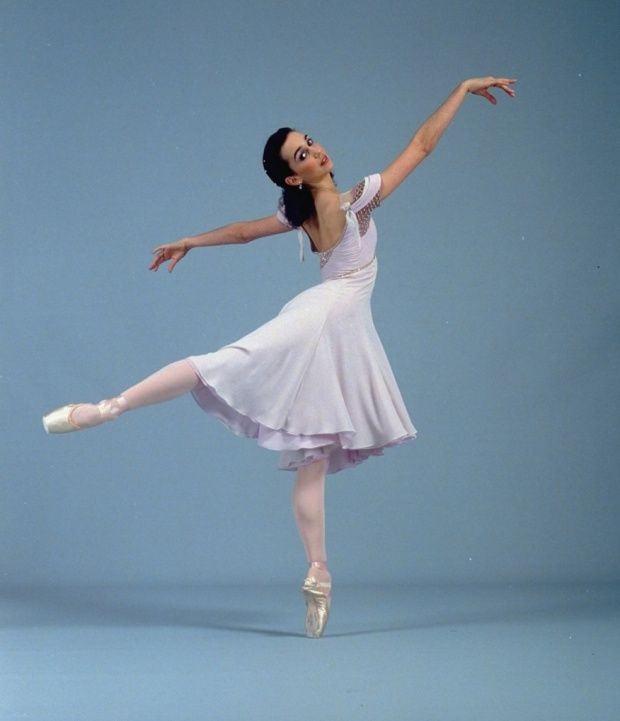
Opt for a pair of Ballet slippers rather than pointe shoes – they’re soft & easy for beginners to wear.
You can get a pair for around $20-25 through online retailers like SoDanca as well!
8. How to Prep Your Dance Space
If you choose to learn Ballet at home, you'll need a 6x6 square foot space for practice.
For barre, you need even less space because you're working on 1 side of your body at a time.
When you're doing turns or variations, you might need a little more room or adjust your range of motion.
You should also avoid carpeted areas as the resistance of the carpet can cause knee and ankle injuries.
If you don’t have hard, smooth floors inside your home, set up space in your garage or purchase affordable dance floor mats on amazon.
Watch this video for more info:
Lastly, you don’t need a barre – anything sturdy that’s slightly above your hip height is perfect.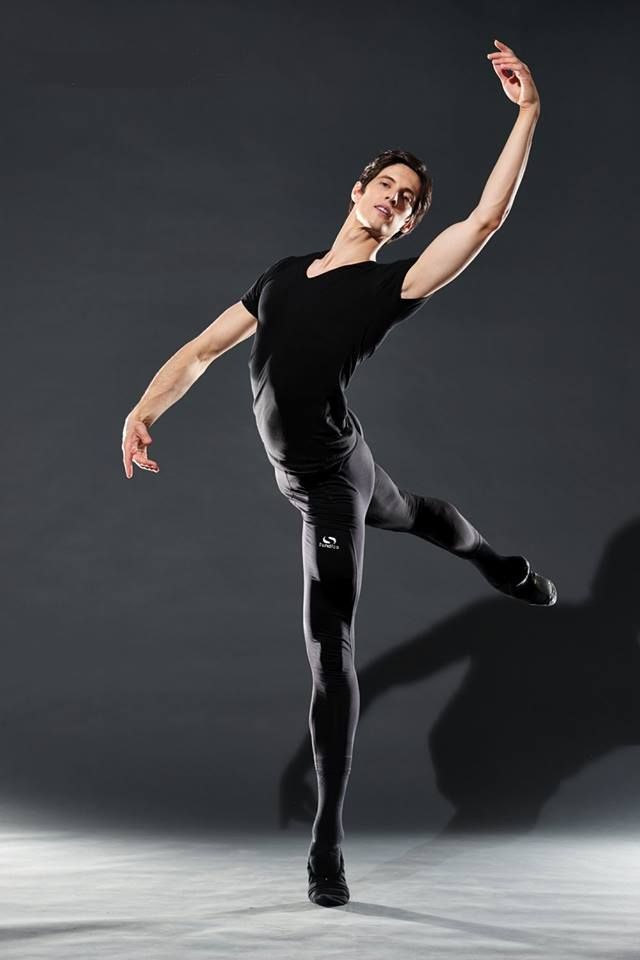
Many Ballet dancers use a chair, shelf, table, or windowsill. If your chair isn’t as sturdy, lean it against a wall so you’re properly supported.
9. How to Dance Ballet Safely
Remember, Ballet is physically demanding!
It’s important to treat your body well, so you can follow along with your classes safely.
Make sure to eat balanced meals on class days, and hydrate before and after you train.
If your class does not include stretches, warm ups, and cool downs, be sure to supplement your training session appropriately.
And, of course, learn at your own pace.
Yes, you can expect to sweat, feel sore, and be challenged.
But listen to your body carefully!
If you feel like a move is outside of your ability, don’t feel pressured to learn it right away.
10. You’re Here to Have Fun
Try not to hyper-focus on perfection. This will make you forget why you started in the first place!
After each lesson, check in with yourself by asking:
What did I enjoy about my class? What made me feel excited? Proud?
You’re likely dancing because you love to dance.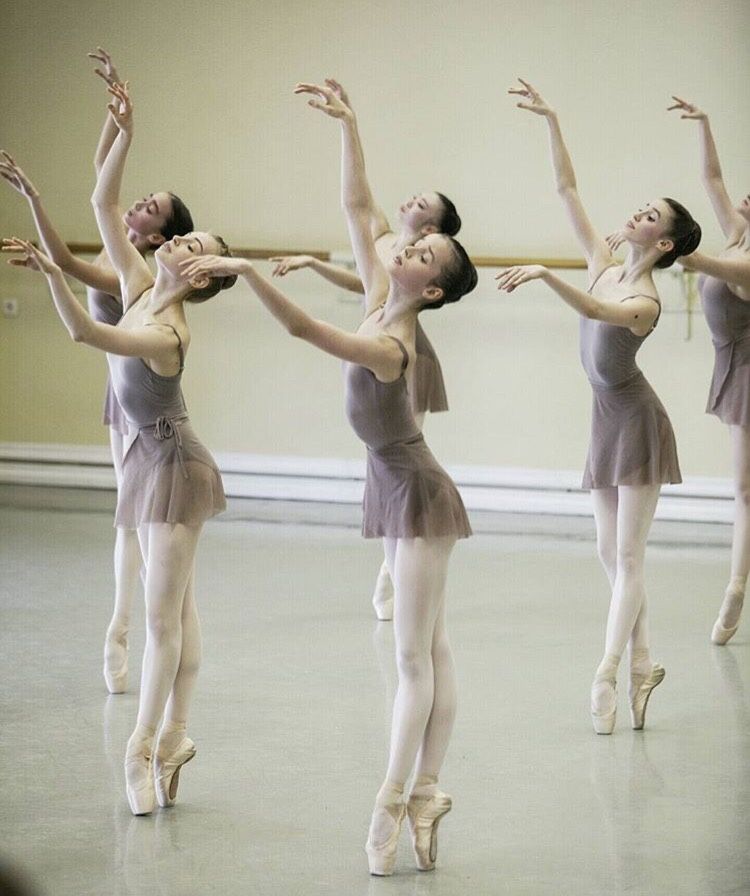 Make sure that you’re preserving and growing this love, not turning it into another chore or source of stress and insecurity. Dance is for you.
Make sure that you’re preserving and growing this love, not turning it into another chore or source of stress and insecurity. Dance is for you.
--
We hope this helped you start your Ballet journey!
And if you’re still looking for the perfect beginner class, head on over to STEEZY Studio.
With a free 1-week trial, you can begin our “Intro to Ballet” program & start learning the basics, step-by-step, in the comfort of home.
See you in class!
What to Read Next:
How to Learn Hip Hop
What is House Dance?
What is Whacking?
What is Locking?
The 5 Best Online Ballet Classes of 2022
- Wellness
- Fitness
No tutu necessary.
By
Daley Quinn
Daley Quinn
Daley Quinn is a freelance beauty, lifestyle, and wellness writer and content strategist.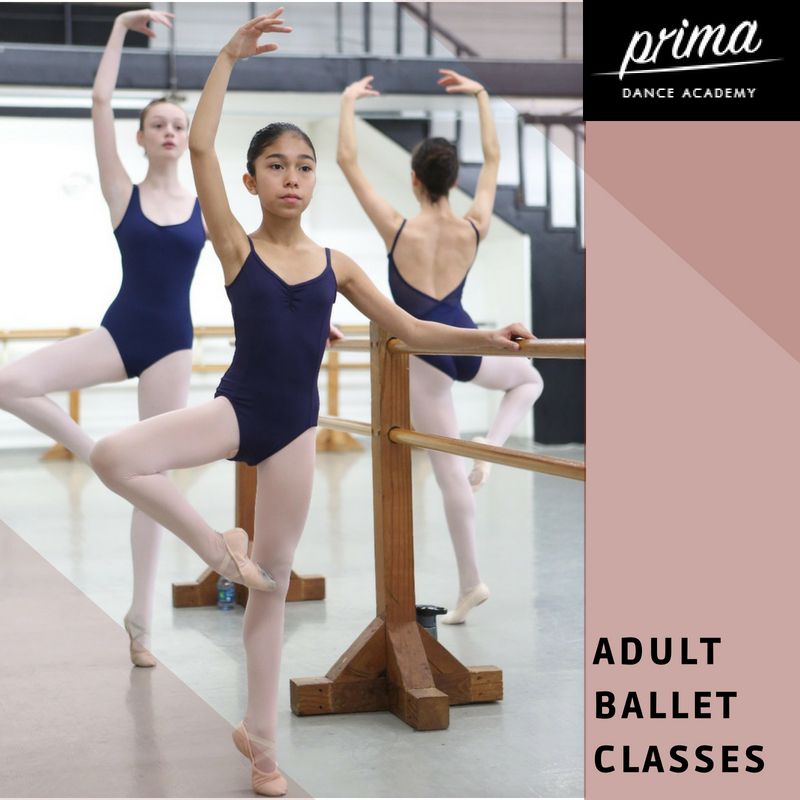 She has penned stories for Allure, Fashionista, Well + Good, Women’s Health, The Cut, WWD, and more.
She has penned stories for Allure, Fashionista, Well + Good, Women’s Health, The Cut, WWD, and more.
Byrdie's Editorial Guidelines
Updated on 07/21/21
Fact checked by
We independently research, test, review, and recommend the best products—learn more about our process. If you buy something through our links, we may earn a commission.
Byrdie / Design by Amelia Manley
Like Natalie Portman in Black Swan, don’t we all aspire to be as graceful, strong, and fit as a ballerina? While we can all agree that Portman’s character in the movie was a wee bit obsessive when it came to dance, you don’t need to be living at the ballet studio to be able to learn or perfect your dance skills. And better yet? You can practice from the comfort of your own home.
Whether you’re looking for a new hobby or trying to get serious about dance, we rounded up the best online ballet classes.
The 5 Best Online Ballet Classes of 2021
- Best Overall: Dancio
- Best Budget: The Ballet Coach
- Best for Basics: MasterClass with Misty Copeland
- Best Professional: American Ballet Theatre
- Best for Cardio Ballet: The Ballet Spot
Best Overall: Dancio
Dancio
Sign Up Now
Why We Chose It: Best for those who love ballet, modern, and contemporary dance, Dancio is a great online platform for beginners to advanced dancers.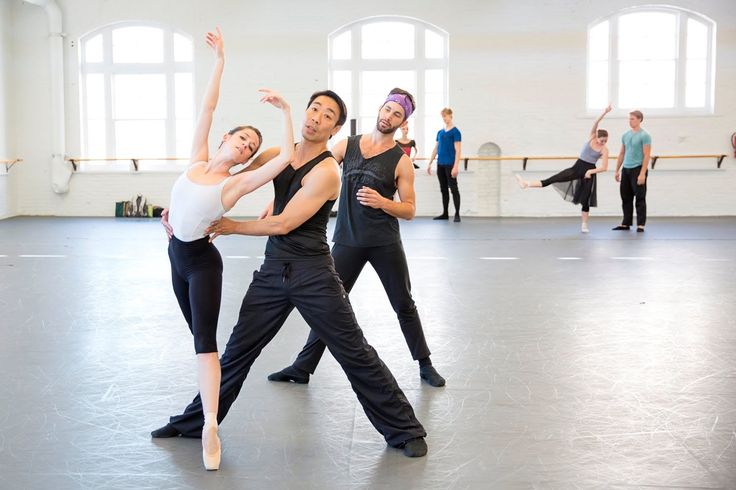 We chose it because of its extensive library of content, as well as its option for one-on-one instruction.
We chose it because of its extensive library of content, as well as its option for one-on-one instruction.
What We Like
- Mix of ballet, modern, and contemporary
- Option for one-on-one or group classes
- Instructors are elite dancers
What We Don’t Like
- Live sessions don’t come with a subscription
- A la carte classes only available for 48 hours
- One-on-one or group instruction can get pricey
Combining dance and video, Dancio was founded in 2017 by Caitlin Trainor, a choreographer and dancer. Dancio offers not only ballet, but other types including modern and contemporary dance, too. So if you love practicing ballet, but also are looking other options, Dancio is the one for you.
Offering an online portal with more than 85 pre-recorded dance classes, you can learn from big-name dancers including Julie Kent, Wendy Whelan, Khalia Campbell, and Laura Halzack. The best part of Dancio, though, is its live classes—the program offers 30- or 60-minute private classes with various instructors.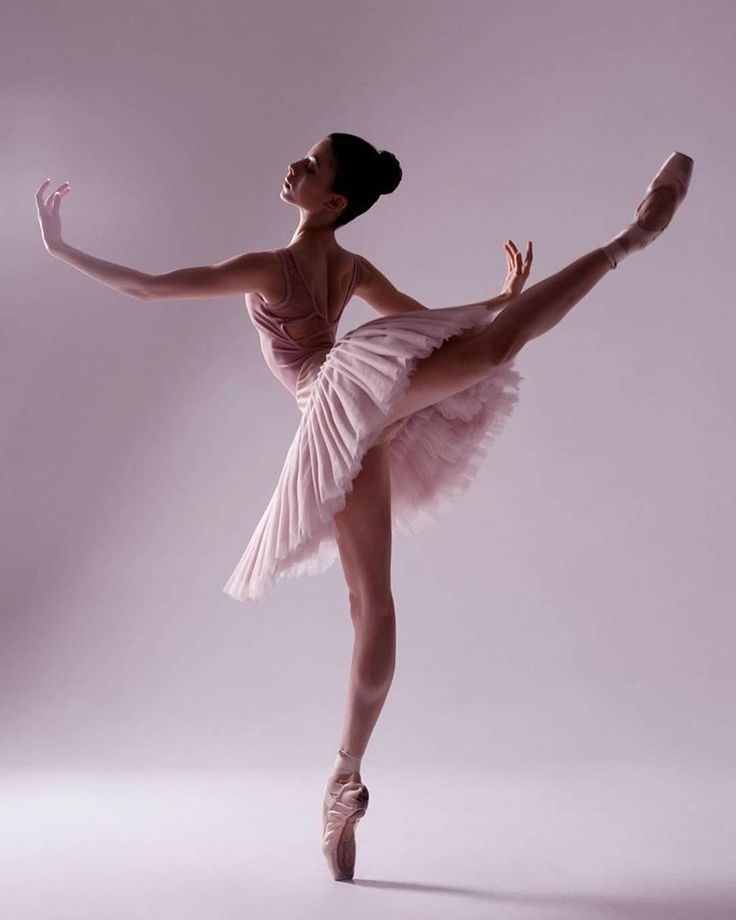 You can opt for a one-on-one lesson or a group course. Private sessions range from roughly $50 to $350.
You can opt for a one-on-one lesson or a group course. Private sessions range from roughly $50 to $350.
For unlimited streaming of all classes, Dancio charges a subscription fee of around $20 per month. Otherwise, it will cost about $5 to purchase a class a-la-carte, with 48-hour access for the rental.
Best Budget: The Ballet Coach
The Ballet Coach
Sign Up Now
Why We Chose It: The Ballet Coach offers a huge library of free, live classes on her YouTube channel that are accessible to all.
What We Like
- Free, live classes
- Available for all ages and levels
What We Don’t Like
- Classes only last 25 to 45 minutes
- Advanced levels won’t be challenged enough
With nearly 25,000 subscribers, Sarah Du-Feu offers free ballet classes on her YouTube channel, The Ballet Coach. From lessons for tiny tots and beginners to intermediate-level dancers, The Ballet Coach truly has something for everyone.
Most of her courses are taught live via YouTube, but are recorded and posted on her page to view for free, whenever you’d like. The classes are usually around 25 to 45 minutes long and range from how to perform basic steps and stretching to ballet barre fitness and sessions for intermediate/adult dancers.
This is a great option for those who want to dip their toes into the world of ballet without spending a dime on learning the steps and techniques. If you’d like to go further into your practice, The Ballet Coach offers a program on her website, where you'll pay around $20 per month (or roughly $200 per year) for access to three different adult live classes per week, as well as regular tutorial videos.
Best for Basics: MasterClass With Misty Copeland
MasterClass with Misty Copeland
Sign Up Now
Why We Chose It: For those who are looking to learn more about skill, technique, and form, Misty Copeland’s MasterClass is for you.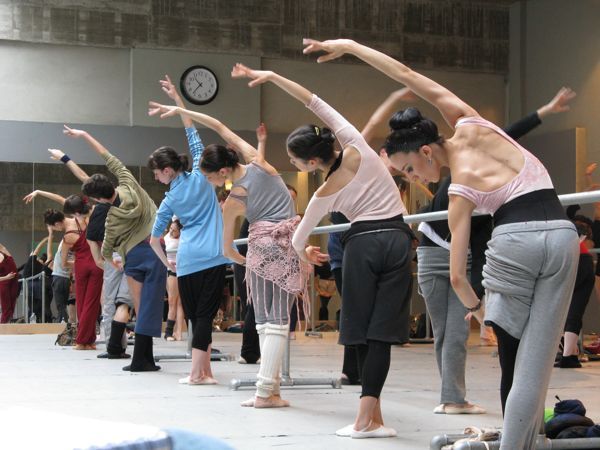 We also love that you can learn new moves from one of the world’s best ballerinas.
We also love that you can learn new moves from one of the world’s best ballerinas.
What We Like
- Learning technique and form from one of the best ballerinas in the world
- Access to more than 100 MasterClasses if you sign up with the All-Access membership
What We Don’t Like
- Focused more on form, technique, and skill rather than a full ballet workout
Misty Copeland’s MasterClass is a 17-part course that focuses on all things ballet, including owning your power, plies, tendus, and so much more. The total class length is an hour and 46 minutes, with each lesson challenging you to perfect your form and technique under the instruction of one of the greatest ballerinas in the world.
This MasterClass is a great option for ballet dancers who are either just starting out or are trying to move up into the intermediate territory. All lessons are pre-recorded, so you will not find any live, one-on-one instruction within this online dance platform.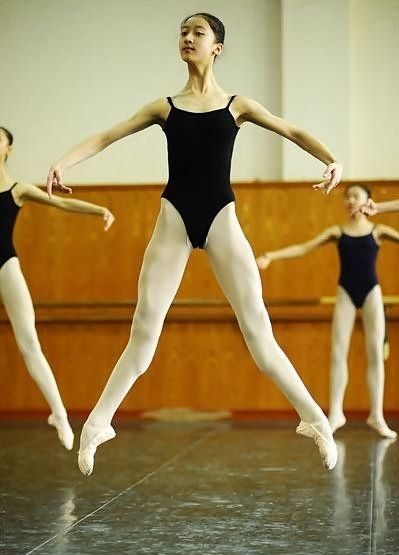 Additionally, the course is more of a way to learn the techniques and skills around ballet, rather than offering a true ballet-inspired workout, such as barre or cardio ballet.
Additionally, the course is more of a way to learn the techniques and skills around ballet, rather than offering a true ballet-inspired workout, such as barre or cardio ballet.
Misty Copeland’s course is part of the MasterClass series. A membership costs around $180, which lasts for a year and gives you unlimited access to all MasterClass series until you cancel.
Best Professional: American Ballet Theatre
American Ballet Theatre
Sign Up Now
Why We Chose It: Not only are you guaranteed quality instructors in every class, but we also love that you can pay per session, rather than a monthly or yearly fee.
What We Like
- Excellent instructors
- Per-class fee
What We Don’t Like
- No refunds, returns, or exchanges on registrations
- Individual class fees might get expensive
The highly-esteemed American Ballet Theatre (ABT) offers virtual online classes for adults (ages 16 and over).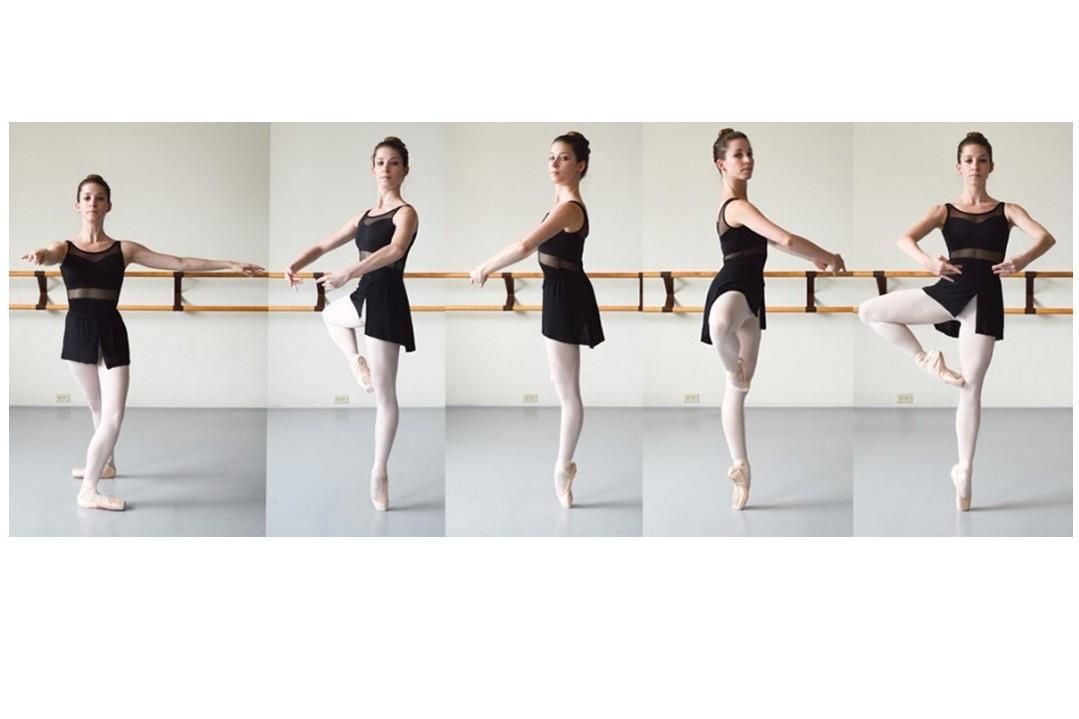
While you don’t need to be a ballet-pro to take classes from ABT, the company does recommend newbies to the Beginner Ballet classes, so that they can get a basic understanding of ballet vocabulary. The theatre offers three levels of classes, with multiple live streams happening most days during the workweek.
The Beginner Ballet course is 90 minutes long, costs around $15 per class, and is ideal for those who are just getting started in ballet or are trying to relive their past ballerina days. The class focuses on alignment, the foundation of technique, and movement quality.
The Intermediate/Advanced Ballet, which is great for the dancer looking to improve existing skills at home is offered for $15 for 90 minutes. Designed for those with a solid amount of previous ballet training and knowledge of ballet vocab, this class focuses on coordination, movement quality, and technical strength.
Finally, the Body Conditioning for Dancers course is about 45 minutes long and is priced at roughly $10 per session.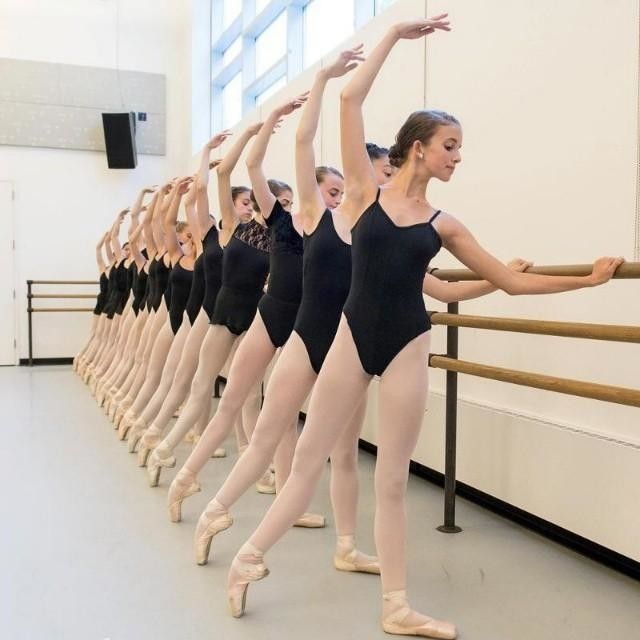 With this one, it’s all about bodyweight exercises to help you develop lean muscle mass while improving balance, flexibility, and endurance.
With this one, it’s all about bodyweight exercises to help you develop lean muscle mass while improving balance, flexibility, and endurance.
Registration opens 14 days before class and closes one hour prior to its start time. Once you’re all signed up, Zoom information will be emailed to registered participants 30 minutes before the class.
Best for Cardio Ballet: The Ballet Spot
The Ballet Spot
Sign Up Now
Why We Chose It: The Ballet Spot offers both on-demand and live classes, as well as virtual private ones, too. These courses are great for the dancer who really loves ballet and only wants to spend their money on this form of dance.
What We Like
- A variety of ballet classes available
- Open to all levels
What We Don’t Like
- On-demand, pay-per-class is only available for 24 hours
The Ballet Spot offers a wide variety of ballet classes taught by professional instructors, including cardio ballet, total body barre, ballet breathe and flow, ballet sculpt, Broadway ballet, and more.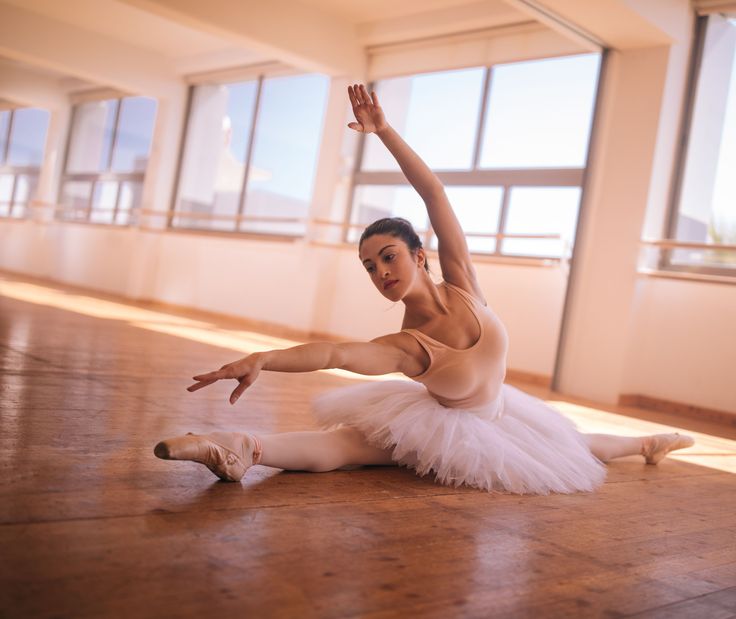
Lessons with The Ballet Spot are offered through a video-conferencing platform so that the instructor can teach and critique your form along with other members in the class.
Live lessons range from 30 minutes to an hour and cost around $14 per session. You can also purchase live stream class packages—five of them are roughly $60, while 10 cost about $110.
The Ballet Spot also features on-demand lessons, which are priced at around $5 each for a 24-hour rental, or you can purchase unlimited access to more than class recordings (one week unlimited) for about $25 per week.
Bottom Line
Picking the best online ballet class really depends on your needs and your skill level. For beginners, The Ballet Coach or Misty Copeland’s MasterClass might be your best bet, while intermediate to advanced dancers might find the American Ballet Theatre's adult courses ideal for learning from the pros. For those looking for more of a workout, The Ballet Spot might be the best option, considering it offers so many different types of cardio and barre ballet classes.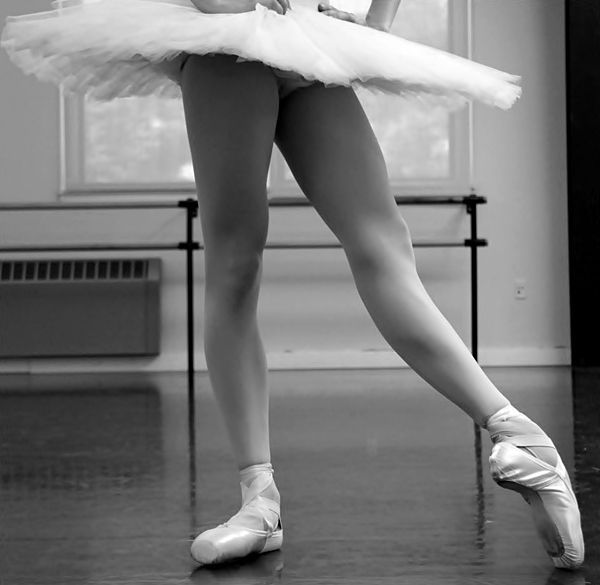 And finally, if you love ballet, but want a bit more variety, Dancio is a solid option.
And finally, if you love ballet, but want a bit more variety, Dancio is a solid option.
What Do the Best Online Ballet Classes Offer?
The best online ballet classes are available either through livestream, on-demand, or one-on-one instruction, and include anything from classic ballet routines and cardio ballet workouts to instruction on how to improve technique and form.
Who Should Take Online Ballet Classes?
Whether you’re completely new to ballet or are close to being the next Misty Copeland, anyone and everyone can take ballet classes online, regardless of age or skill level. If you’re looking to lengthen and strengthen your body, rather than focus on raising your heart rate high, ballet might be a good option for you.
How Much Do Online Ballet Classes Typically Cost?
The price of online ballet classes can vary. Some classes are offered free, while others might require a subscription fee to have on-demand access. Memberships range from approximately $15 to $100 per month, with discounts available for longer subscriptions.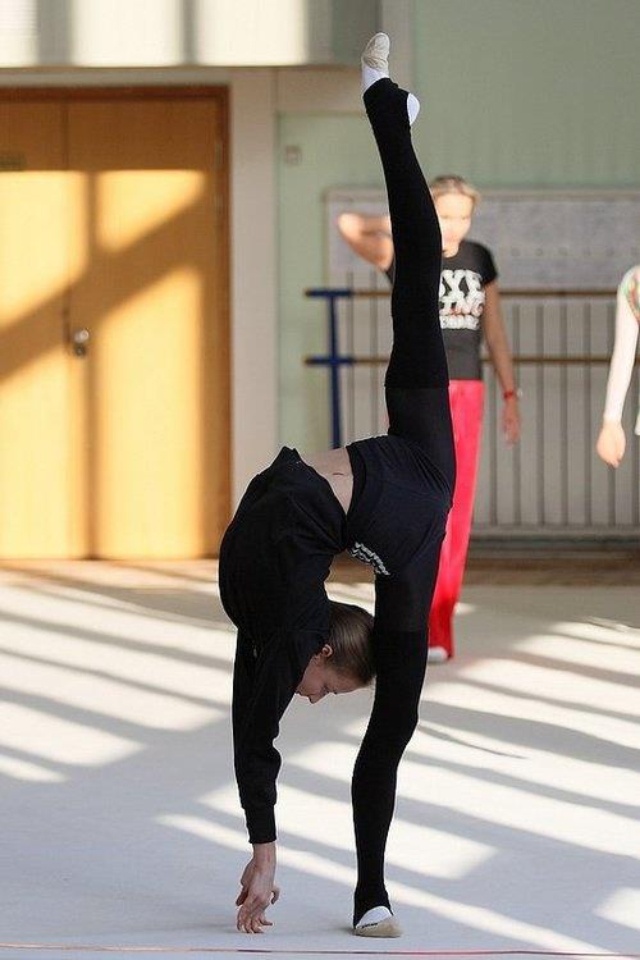 Most classes offer a free trial or let you download courses for a small fee before committing to a membership.
Most classes offer a free trial or let you download courses for a small fee before committing to a membership.
How We Chose the Best Online Ballet Classes
We chose the best online ballet classes based on budget, skill, and overall experience. Regardless of which platform you choose from our list, you will be taught by professional instructors who are experienced and can guide you in advancing your ballet skills. We included courses for those who want to try ballet for the first time or wish to become professional dancers.
The 7 Best Online Exercise Classes for Working Out Anywhere
How to learn ballet at home
I must say that ballet lessons are becoming more and more popular. Among the fans of the now fashionable Barre workout (training at the barre), there are many stars, including Madonna and Natalie Portman.
And no wonder. Classical exercises at the barre, which are included in the daily training of ballerinas and ballet dancers, harmoniously develop all the muscles of the body, not allowing them to be pumped over, and also improve balance and flexibility.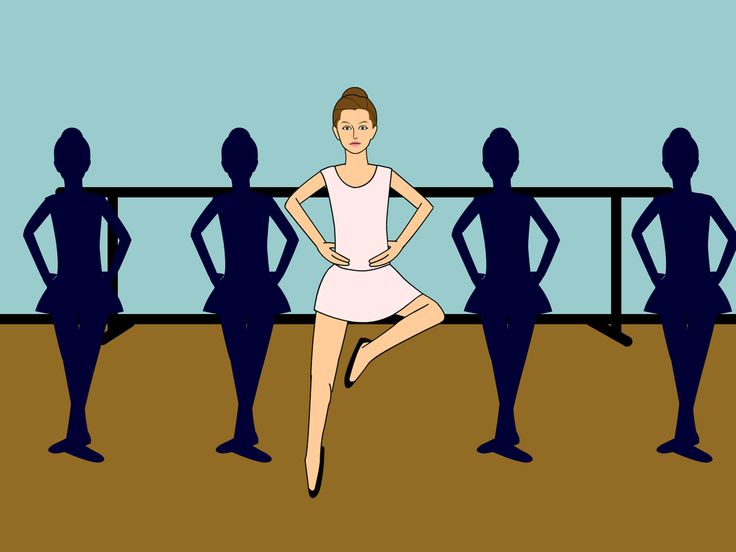 Other bonuses of such activities are perfect posture, beautiful gait and gestures. Moreover, you will receive them very quickly, in a couple of months.
Other bonuses of such activities are perfect posture, beautiful gait and gestures. Moreover, you will receive them very quickly, in a couple of months.
If you don't have the opportunity to study with an instructor in a ballet class, hold ballet lessons at home! All you need for them is a chair.
“Choose it according to the height of the back,” advises Andrey Shiporov , an elite dance program trainer at the World Class fitness club chain. “Your palm should rest on it so that the elbow is at waist level and the forearm is parallel to the floor.” In this case, the palm should lie freely on the back, and the shoulders should be on the same line. The machine can also imitate the back of an armchair or sofa, or a window sill of the required height.”
Before starting the complex, Andrey Shiporov advises to warm up a little: stretch all the joints, stretch, bend and twist.
Demi-plié
Stand next to a chair with your feet in first position, lean on the back of the chair with one hand, move your free hand to the side.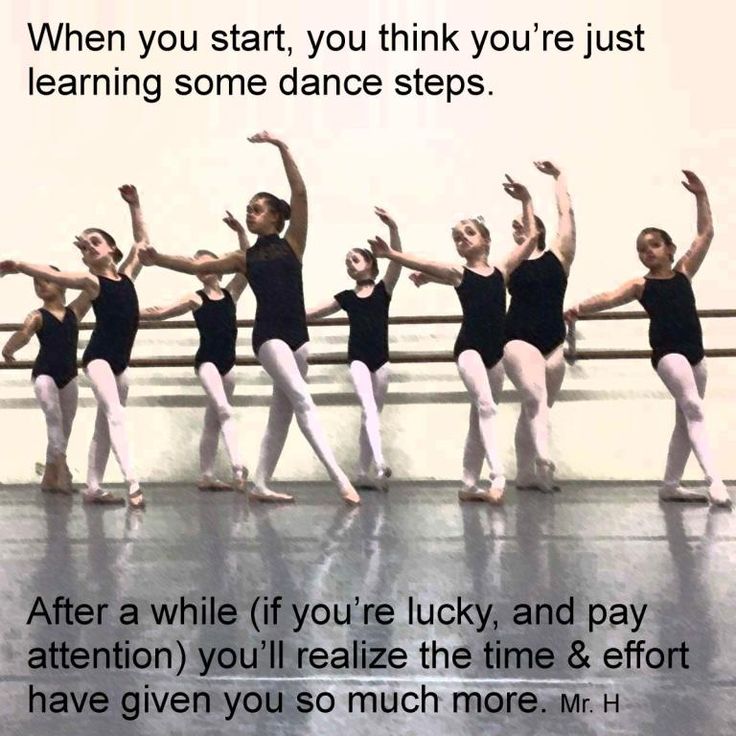 Gently lower yourself into a squat, spreading your knees to the sides, until the position in which the hips and shins make a right angle. Also slowly rise to the starting position. Make sure your heels do not come off the floor. Repeat 1 more time .
Gently lower yourself into a squat, spreading your knees to the sides, until the position in which the hips and shins make a right angle. Also slowly rise to the starting position. Make sure your heels do not come off the floor. Repeat 1 more time .
Grand plie
Start the squat as before, but after pausing in the demi plie, go down even lower. Make sure your back is straight and your knees are out to the sides. Rise in the same way, through the demi-plié. Repeat 1 more time .
Relevé
Stand next to a chair with your feet in first position. Gently rise on your toes, stretching your body up, and just as slowly lower yourself onto your heels. Repeat 4 times.
[new-page]
Tandu Batman
Stand in fifth position, straighten your back. Without lifting your toe off the floor, as if drawing a straight line, bring your right foot forward.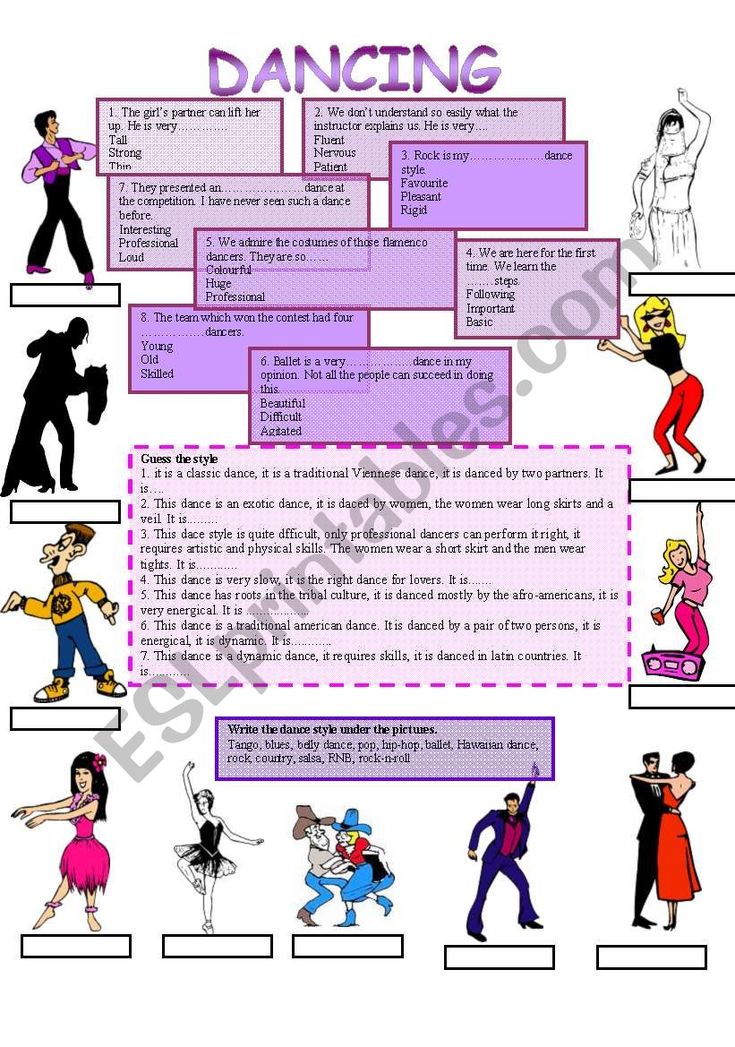 Return to the starting position and repeat the leg movement, this time to the side. Stand again in fifth position, but put your working leg behind the supporting one and draw a line across the floor back. Through the starting position, again bring the leg to the side and return to the fifth position. Watch for the eversion of the foot: the toe is extended, the outer part of the foot is tilted to the floor, the inner part looks up, the heel does not touch the floor. Repeat movement 4 times and then do 4 repetitions with the other leg.
Return to the starting position and repeat the leg movement, this time to the side. Stand again in fifth position, but put your working leg behind the supporting one and draw a line across the floor back. Through the starting position, again bring the leg to the side and return to the fifth position. Watch for the eversion of the foot: the toe is extended, the outer part of the foot is tilted to the floor, the inner part looks up, the heel does not touch the floor. Repeat movement 4 times and then do 4 repetitions with the other leg.
Zhete
In this exercise, as in the previous one, the working leg moves in three directions: forward, sideways, back and sideways again. But the sock at the same time comes off the floor every time. The leg is raised to a position in which it will be about 45 degrees with the other. Having done the whole chain of movements, repeat with the other leg.
Rond
Step your right foot forward without lifting your toe off the floor. Smoothly, drawing a semicircle, move it to the side, and then back. Return to starting position, repeat 6 times from each leg.
Smoothly, drawing a semicircle, move it to the side, and then back. Return to starting position, repeat 6 times from each leg.
Fondue
Lower yourself into a demi-plié, bending your supporting left leg and bringing your right toe to her ankle bone. Extending the supporting leg, stretch the right leg forward. Return to starting position. Repeat the movement, moving the right leg to the side, but after that, lower yourself into a demi-plié, bringing the right foot behind the left shin. Straighten the supporting leg, taking the right back. Move to the side again and return to the starting position. Do exercise 4 times from each leg.
[new-page]
Half toe jump forward
Stand in fifth position: right foot in front of the left. Get down in demi-plié and, rising on the half-toes of the supporting left leg, bring the toe of the right leg to the bone of her ankle. Lower your right leg to the toes and return to the starting position. Repeat 6 times on each leg.
Repeat 6 times on each leg.
Half-toe jump with transition to kudepe back
Perform the same movement, but work with the foot behind the pivot. Repeat 4 times on each leg.
Adagio
Stand in fifth position. Bring your right leg forward, as in a batman tandyu, but then lift it, straight, to parallel with the floor. Return to the fifth position and, through the batman tandyu, raise your leg to the side parallel with the floor. Then do the same movement back, again to the side and return to the starting position. Repeat with the other leg.
Grand Batman
Stand in fifth position: right foot in front of left. Swing forward with your right foot, being careful not to tilt your body back. Do the same swing to the side, back, back to the side and repeat the movement with the other leg.
Do each movement of this complex in one approach : at first it is much more important for you to master the correct technique, and not strive for a large number of repetitions.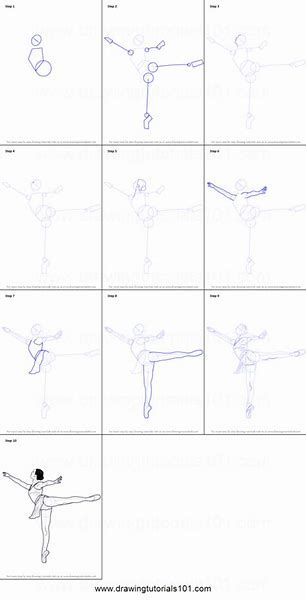 When you feel confident in the movements, you can do all the movements on the second circle, and then on the third.
When you feel confident in the movements, you can do all the movements on the second circle, and then on the third.
Feel like a ballerina!
How to become a prima ballerina
October 30, 2020 at 10:00
Tips from a Japanese woman who conquered Yekaterinburg
Miki Nishiguchi started ballet at the age of three in Japan Photo: Vladimir Zhabrikov © URA.RU
Getting on pointe shoes, learning how to move beautifully and achieving serious career heights on the theater stage is the dream of many girls. How to get into the world of ballet, what and where little ballerinas are taught and what comes out of it, specially for URA.RU told participant of the Bolshoi Ballet, leading soloist of the Yekaterinburg Opera and Ballet Theater Miki Nishiguchi.
— At what age do you want to become a ballerina and when is it too late to start?
Japanese Miki Nishiguchi came to Yekaterinburg in 2013 — immediately after graduating from the Academy of Russian Ballet in St. Petersburg
Petersburg
Photo: Pavel Kirbyatiev © URA.RU Russian Ballet named after Vaganova (Petersburg). Of course, I did not immediately get up to the machine. First there were stretching, exercises to the music. She graduated in 2013 and was immediately accepted into the troupe of the Yekaterinburg Opera and Ballet Theatre. As part of the troupe, she toured the cities of Germany, Israel, Italy, Serbia, Estonia, as well as in Moscow and St. Petersburg.
If you want to learn ballet professionally, you need to start from 6-7 years old. At 10-11 years old, you can already enter choreographic academies and colleges. It is important not to waste time. For those who want to professionally study ballet at the age of 12-13, it will already be very difficult to catch up with their peers in technique.
— What qualities should a future ballerina have?
- Love for ballet is the most important thing. It is she who helps to endure and overcome all the difficulties and hardships associated with this profession.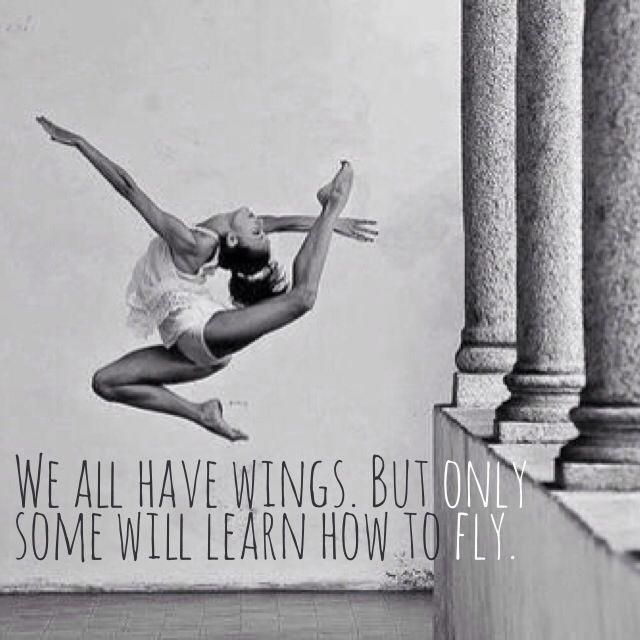 It is also very important to believe in yourself! Do not be afraid of professional criticism, be able to notice mistakes, work on them and correct them. This is the path to self-improvement.
It is also very important to believe in yourself! Do not be afraid of professional criticism, be able to notice mistakes, work on them and correct them. This is the path to self-improvement.
— Where to train?
If you intend to connect your life with ballet, you should learn the basics from the age of 6, and at the age of 10 you can already enter the State Choreographic Academy
Photo: Vladimir Zhabrikov © URA.RU
— You can start in a private studio. But if you want ballet to become your profession, it is better to enter a state academy or college. In such schools, the curriculum includes more hours for ballet classes. Not only classical dance, but also special disciplines - folk dances, modern, acting. In a private studio, a child will be taught to dance, but in order to get a job in the theater in the future, you need a diploma of a ballet dancer.
- What do mentors look for? What kind of children are weeded out?
- Many girls say that they dream of becoming a ballerina, but often this desire is imposed by their parents.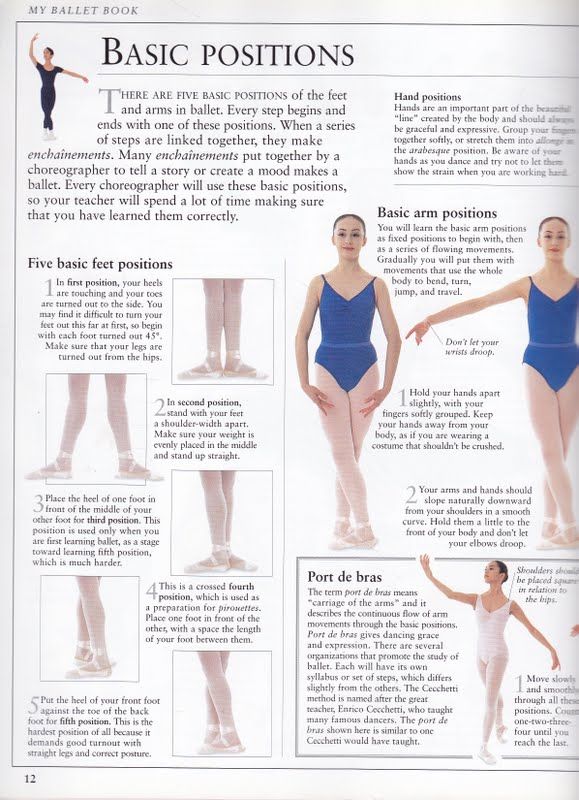 Only the teacher will determine whether the child has the ability to do this. Even looking at a 4-year-old child, one can already appreciate his capabilities. The teacher evaluates turnout, step, rise, musicality.
Only the teacher will determine whether the child has the ability to do this. Even looking at a 4-year-old child, one can already appreciate his capabilities. The teacher evaluates turnout, step, rise, musicality.
— How much does ballet education cost?
- Studying in a public school is not as expensive as in a private one. The state bears most of the costs. The pupils are provided with a boarding school, pointe shoes and swimwear for classes are also given free of charge. But, for example, in Japan, where I learned the basics of ballet, the situation is different. I had no choice, because there are simply no public schools where you can learn ballet. My studies cost my parents a lot.
Training will take up almost all your free time. You have to be prepared for this
Photo: Vladimir Zhabrikov © URA.RU
— What will you have to sacrifice?
— When I started seriously studying ballet, there was little free time.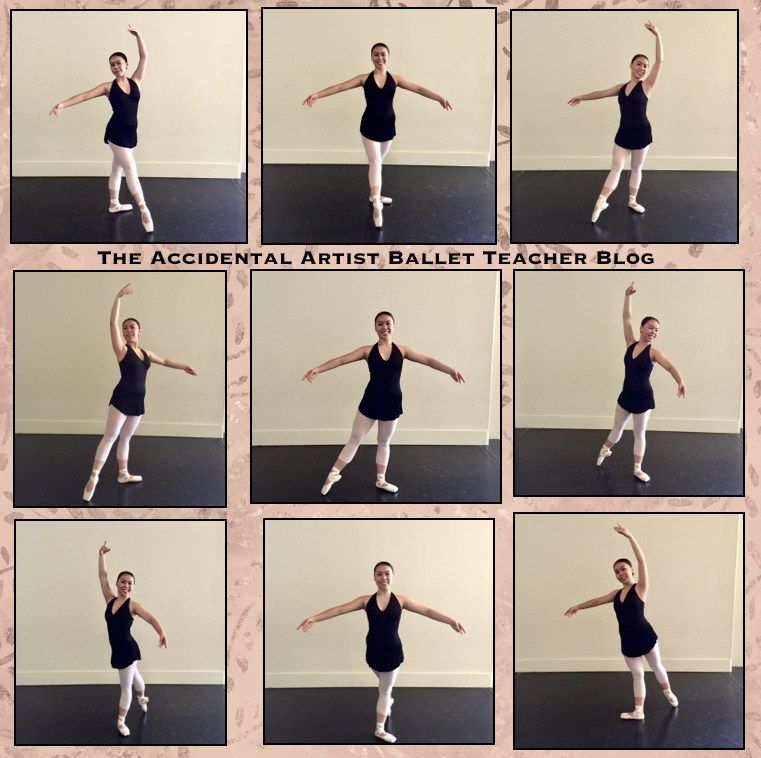 In the morning there are lessons in a regular school, in the afternoon and until late in the evening - classes in a ballet class. Still need to do homework. I remember I wanted to take a walk with my friends, spend time with my family, but I had to sacrifice all this. Now nothing has changed. Ballet still takes a lot of time. He practically does not remain in his personal life. But, in fact, when we want, we all have time. Many of my colleagues, for example, are pursuing higher education online.
In the morning there are lessons in a regular school, in the afternoon and until late in the evening - classes in a ballet class. Still need to do homework. I remember I wanted to take a walk with my friends, spend time with my family, but I had to sacrifice all this. Now nothing has changed. Ballet still takes a lot of time. He practically does not remain in his personal life. But, in fact, when we want, we all have time. Many of my colleagues, for example, are pursuing higher education online.
— Is ballet hard?
- We have serious physical exertion, injuries happen. But ballet is art. Not only technique is important here, but also what you want to express with your body, convey to the audience. There are competitions in ballet. Young artists take part in them. This is an opportunity to demonstrate yourself, to look at others. A chance to get an invitation to the theater troupe. But at the competition it is important to show not only technique, not only what you are superior to others in, you must remember that the performance should hook the audience.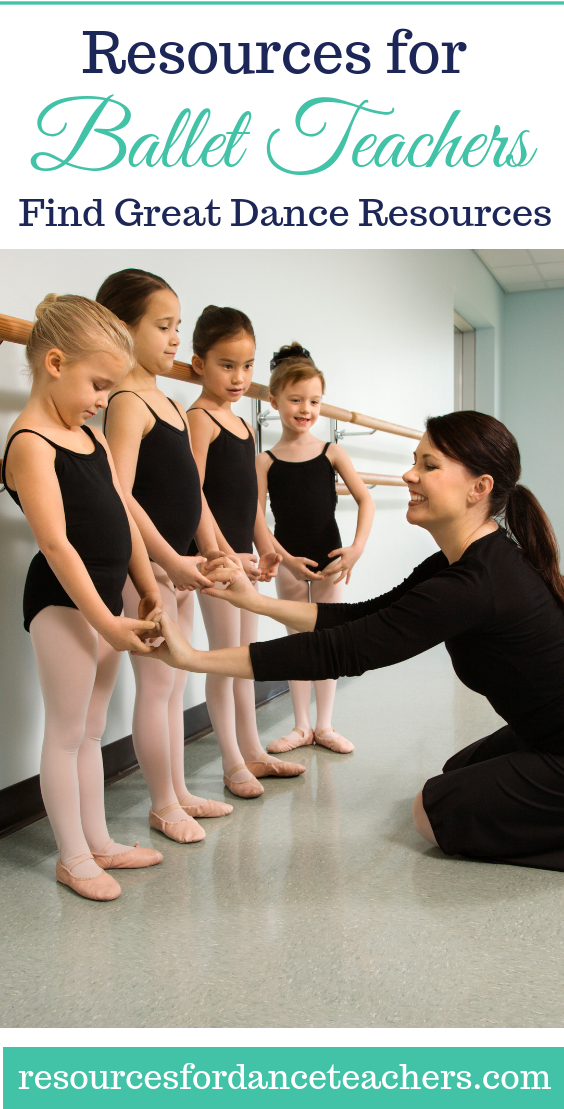 If the dance is without a soul, it will be boring to watch.
If the dance is without a soul, it will be boring to watch.
— How is a ballerina's day?
In 2018, together with her partner Alexei Seliverstov, the ballerina took part in the Bolshoi Ballet project on the Russia Culture TV channel
Photo: Vladimir Zhabrikov © URA.RU Did you get up on the wrong foot today? Several hours of rehearsals, after which something always hurts. But all this is worth one of the most important points. At the end of the performance, you get applause from the audience, and this is a great happiness. I am happy to do what I love.
— Tips for parents of future ballerinas. How to educate an artist without going too far?
- Parents should be attentive to their child, help him, believe in him. My parents have always supported me in everything. It is necessary to ensure that the child complies with the sleep schedule. It is necessary from an early age to teach a child to eat right: less sweet and starchy foods, more vegetables and fruits.
